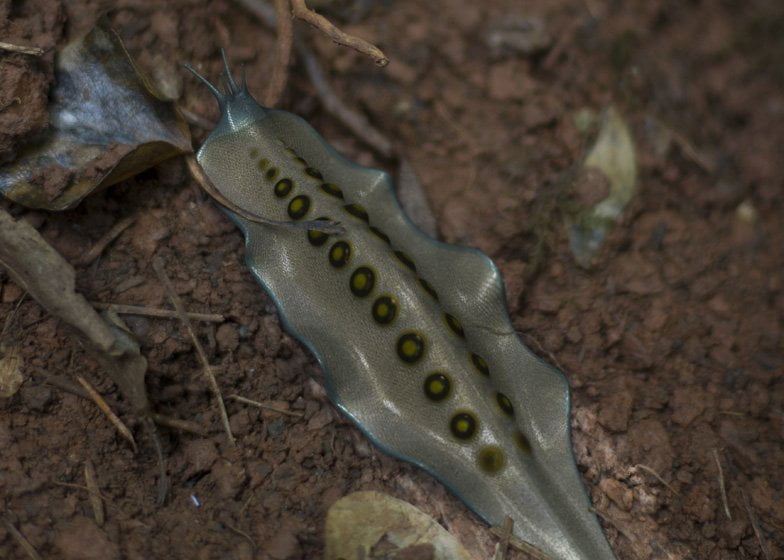NB: No payment has been made for this post (see below for details).
It’s just a service I’d like to tell you about and advise you to use.
If you want to make a change, why not make it now? Whether it’s Monday, March or May. I mean, why wait? If it’s worth doing, do it. Right?
We’re not all that way inclined though. And some might talk the talk, but not follow through by walking the proverbial walk.
Some people might need a bit of a kick up the butt, and they might be crouched hopefully with their back to New Year’s Eve, because January 1st might be the swinging foot they have been waiting for.
Whichever category you fall into (and for most Capetonians, my experience says you are in the one awaiting the boot), here’s a good idea for something worthwhile that you can do with many, many benefits.
Recycling. It’s all the rage and you may have heard of it before. But while it sounds like a great idea (and it is a great idea), it’s actually a bit of a shlep to do. And so you don’t do it.
What I’m suggesting to you is different.
What I’m suggesting to you is Recycling with Mr Recycle.
Mr Recycle: the website.
Check the name, bru. It’s like he was born into the trade.
Mr Recycle picks up your recycling each and every week (we’ve been using him for several years now and he is the most reliable regular service I’ve experienced in Cape Town) and takes it to the local recycling facility for you. All you have to do is bag your recycling up and pop it outside your door on the relevant day. It disappears in the early evening without you even knowing and goes where it can be reused, instead of choking a seal.
It’s so easy.
Prices start at a frankly ridiculous R25 a week. And yes, there are terms and conditions to protect both you and Mr Recycle, but it’s hardly rocket surgery, guys.
I’m not being paid in cash or kind to write this, even though I sound like an influencer desperately trying to promote a local hotel in order to be able to desperately promote another local hotel next week. There’s nothing in it for me, but Mr Recycle has just picked up our recycling bang on time again and without any fuss. This guy has helped us to reduce our landfill to less than half a bin a week for a family of four and I think it’s a no-brainer if you’re looking for a worthwhile initiative to support in 2019.
Everyone wins.
Please spread this post far and wide (within Cape Town) and tell your friends to use Mr Recycle – REGISTER HERE – to get their recycling recycled.
Message ends.




